Deliver Effective Onboarding in a Fast-Changing Work Environment
Companies today are in the midst of transforming their business models, restructuring their teams, and rethinking how they service their customers. Many have also permanently integrated hybrid or remote work arrangements, moving away from an office-only structure. Employees who work in these environments, where there is constant change and poor communication, are experiencing high-stress levels and burnout. Many are reacting by Quiet Quitting or pulling back from collaborating and communicating with their colleagues.
What would it be like as a new hire starting out in this kind of environment, when more than ever, job seekers are demanding a great deal from potential employers as far as culture, work/life balance, and support from their managers? This scenario is happening to millions of new hires all over the world. What’s clear is this: Coming off the pandemic and The Great Resignation, the number of new hires, as well as the stress associated with starting a new job, has skyrocketed. How are HR teams dealing with this unprecedented number of new hires and how can they adjust their processes so that people don’t fall through the cracks?
The struggle to keep new hires is real: almost 30% of people will quit a new job within 90 days. According to Gallup, the estimated cost to replace an employee ranges between one-half to two times their annual salary. That’s a huge and recurring hit to the bottom line.
In this time of uncertainty, we wanted to know if HR teams were able to deliver an impactful and effective onboarding experience to new hires, one that makes them want to stay well beyond the onboarding period.
Reality of the New Hire Experience
We surveyed 6,000 people through Wiley Workplace Research, of which 1,266 were new hires, to learn more about what people experienced when they started a new job. What we found is that the job market continues to be highly competitive. Given that nearly 25% of those we surveyed said they started with a new company in the last year, HR professionals and managers have been busy.
According to our findings, 75% of respondents said that some form of onboarding happened at their new company. For more than half of new employees, this experience lasted a week or less.
The process varied greatly, too. Some received zero direction or guidance while others received a highly structured and planned experience.
Critically, although almost all felt welcomed and accepted, only 38% finished their onboarding experience with an understanding of what was expected of them.
Onboarding in a Rapidly Changing Workplace
Consistency is key to delivering on expectations and ensuring that every new hire has a meaningful first experience that makes them want to stay. In fast-changing environments, this can be more challenging. To be successful, today’s onboarding process must be agile but well-planned. So how can HR professionals adapt?
One thing we know for certain is that employees want a positive work culture and an impactful employee experience. Your responsibility for this starts the minute you extend an offer to a candidate and continues throughout the employee’s tenure.
Make sure there is a hiring and onboarding process in place that is more than a simple orientation and communicate it to everyone who will be involved. Hiring managers, for example, might need training on how to conduct interviews. Frontline managers should also know how to assess the candidate to identify skills gaps and recommend individual training so that the new arrival feels confident and prepared for their role. This will ensure a seamless experience that gets the new hire ready for what’s next.
HR should also be clear to hiring teams and frontline managers about what the new hire was offered so that expectations are met, and promises are delivered. In a hectic or fast-paced workplace, this information can be missed. Misunderstandings will leave a bad impression and can lead to the new hire feeling misled or duped about their new job or company. People want to work in a role where expectations meet reality, and this is one way to make certain that happens.
Ultimately, your goal is to deliver a meaningful and individualized onboarding experience that not only helps new employees acclimate to the company, but also lays the groundwork for a positive work experience long term.
Pre-Boarding: Take this opportunity to connect with your new employees before they start to create a sense of belonging. This can include sending a care package, proposing a meet and greet, and keeping them updated via emails or video calls. This is also the perfect time to assign a buddy so that they have someone to reach out to who’s not in HR.
Orientation: This phase starts on their first official day on the job and should focus on logistical and administrative processes and procedures. Employee handbooks, paperwork, and mandatory training should help with acclimation. Let the new employee know how to give feedback and ask for help or support as they navigate their onboarding experience.
Foundation Building: This is the time to set the new hire up for success in their role by communicating about the company culture, brand values, opportunities for personal and professional development, and most importantly, how their role impacts the organization. Ensure your new hires know how to engage with their team effectively to jumpstart collaboration. Tools like Everything DiSC and The Five Behaviors can help set the foundation and continuously reinforce your culture.
Community Building: The key here is to help the new arrival feel welcomed, supported, and included within their team and the company. Providing opportunities to socialize with colleagues, build relationships, and take part in team bonding will help them connect on a deeper level, fostering better team collaboration and communication. For remote or hybrid employees, virtual activities will increase a sense of comradery and prevent a feeling of isolation or disconnectedness.
Post-Boarding: This phase is particularly important if your company is going through major changes or where employees feel burnt out and have high stress. While the onboarding process is officially over, HR teams should seek feedback on the new hire’s experience to confirm they delivered what was promised. Stay in touch to provide any additional support, information, training, or guidance if necessary. HR can also ask for feedback from hiring teams and frontline managers to continually improve and refine the process.
As you can see, this multi-prong approach requires more time and a detailed plan to successfully implement, but it is critical to go the extra mile in an environment of burnout and rapidly shifting priorities. Ideally, the onboarding process should be a month or longer, starting before the first day of work. This should be expanded in a workplace where significant changes are happening, or employee morale is low.
Whatever the environment, HR professionals and hiring managers should always focus on giving new arrivals a memorable and lasting experience that feels tailored to their individual needs. New hires are seeking an onboarding process that focuses on building connections and aligning with the culture, all while learning about how their role affects the company and contributes to outcomes.
This blog content belongs to Everything DiSC, a Wiley brand.
You might also be interested in
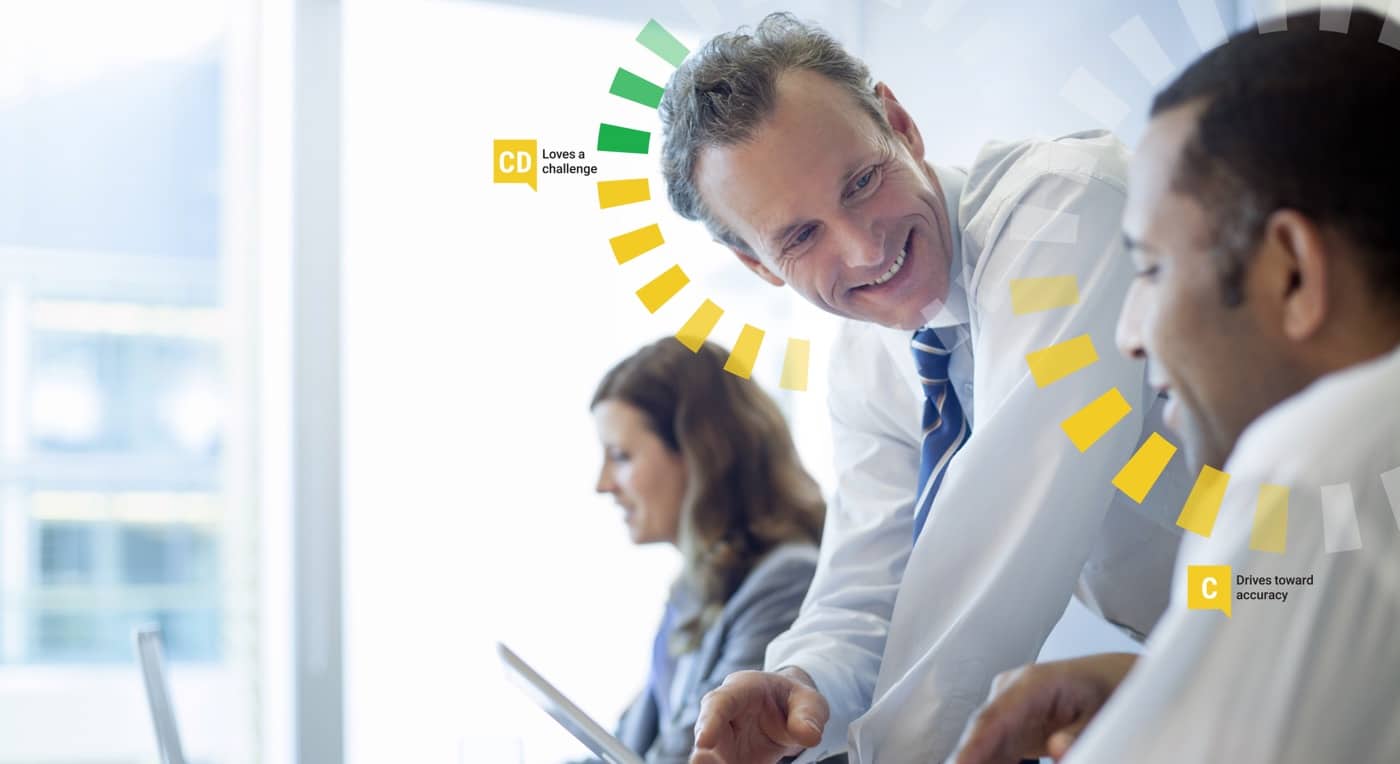





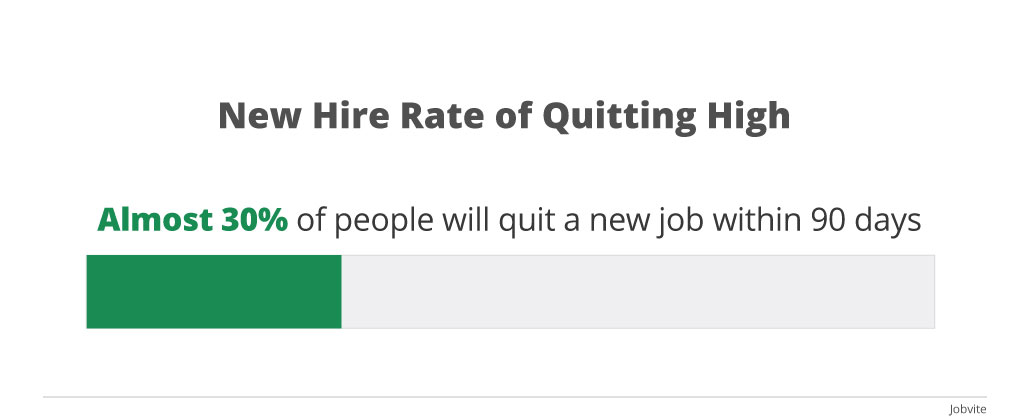

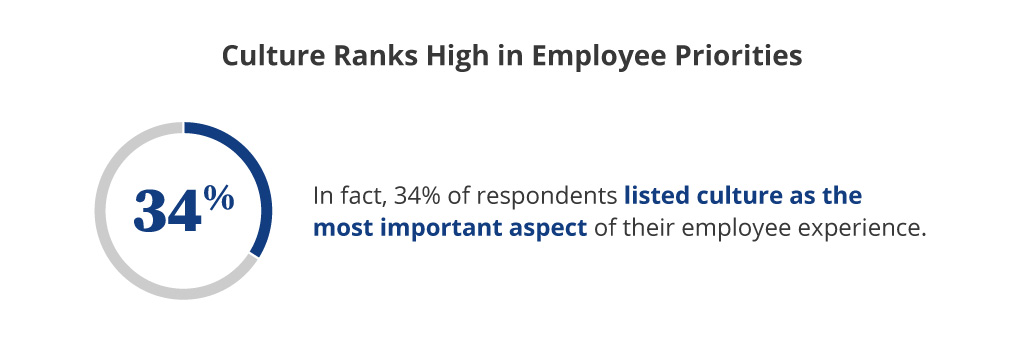
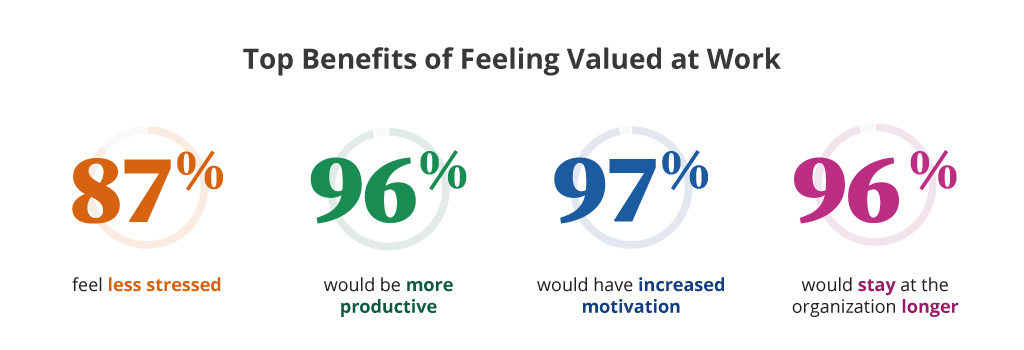

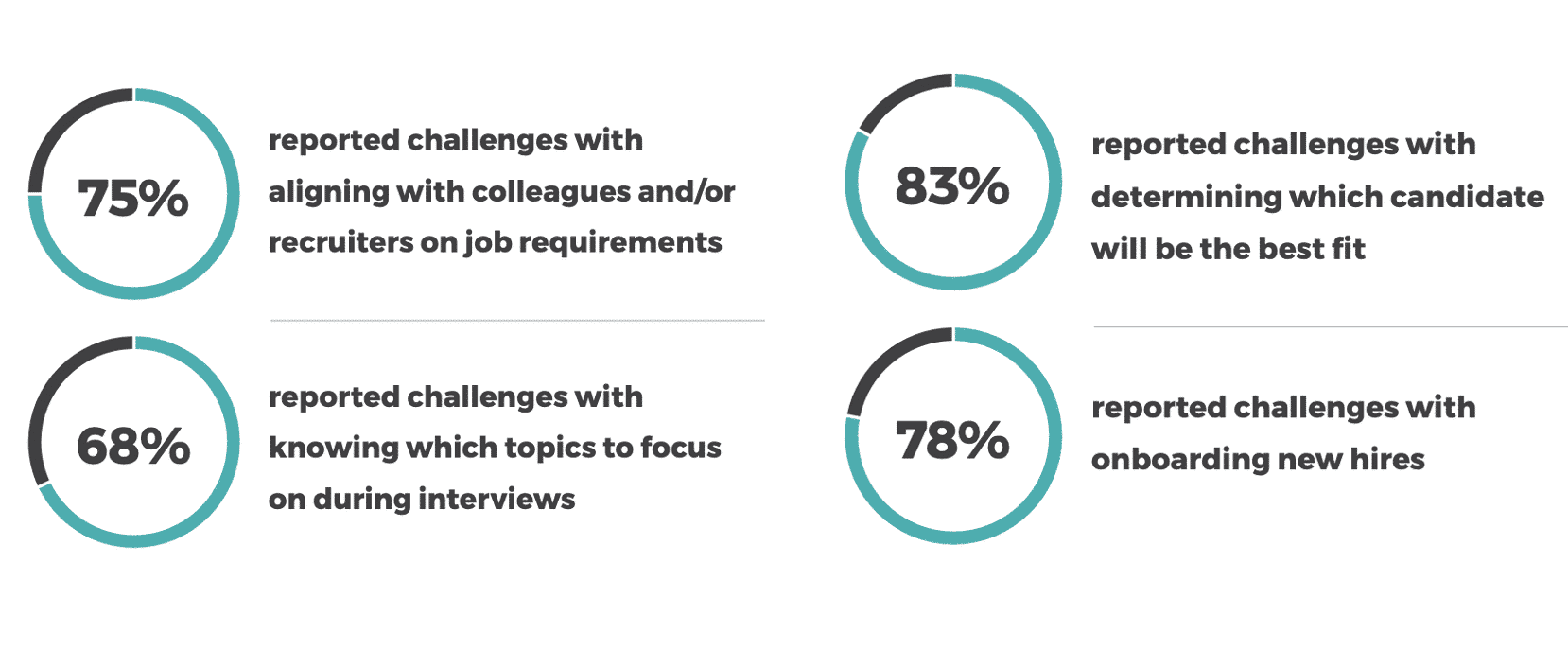


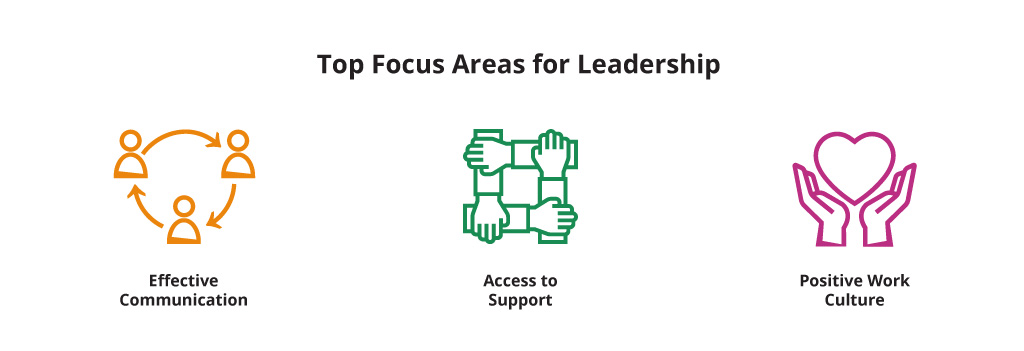
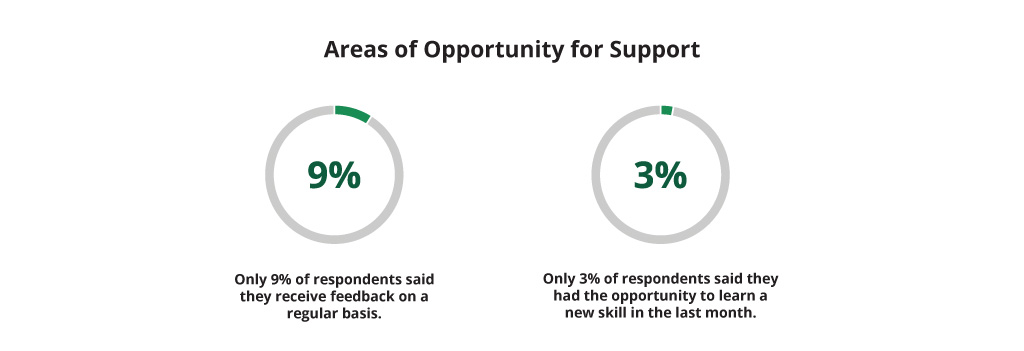
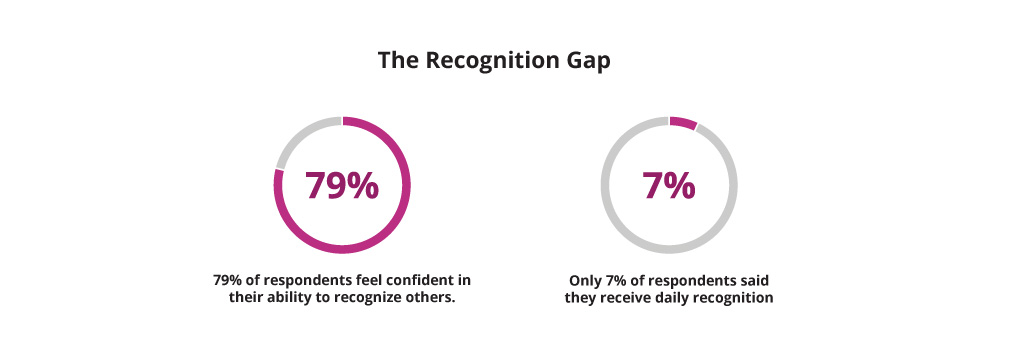
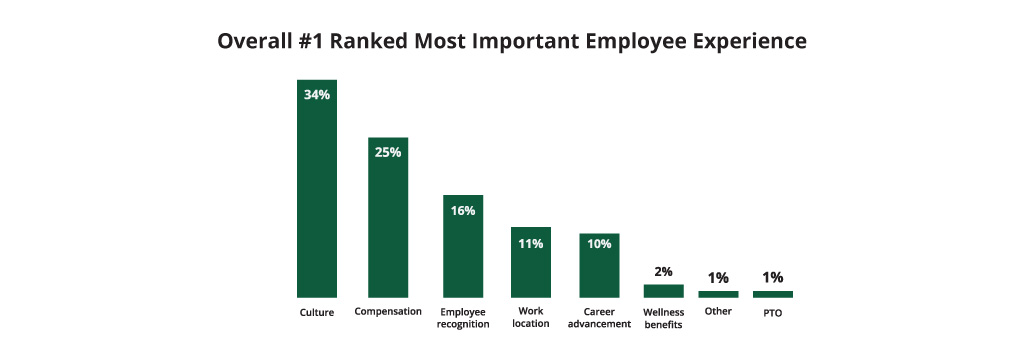

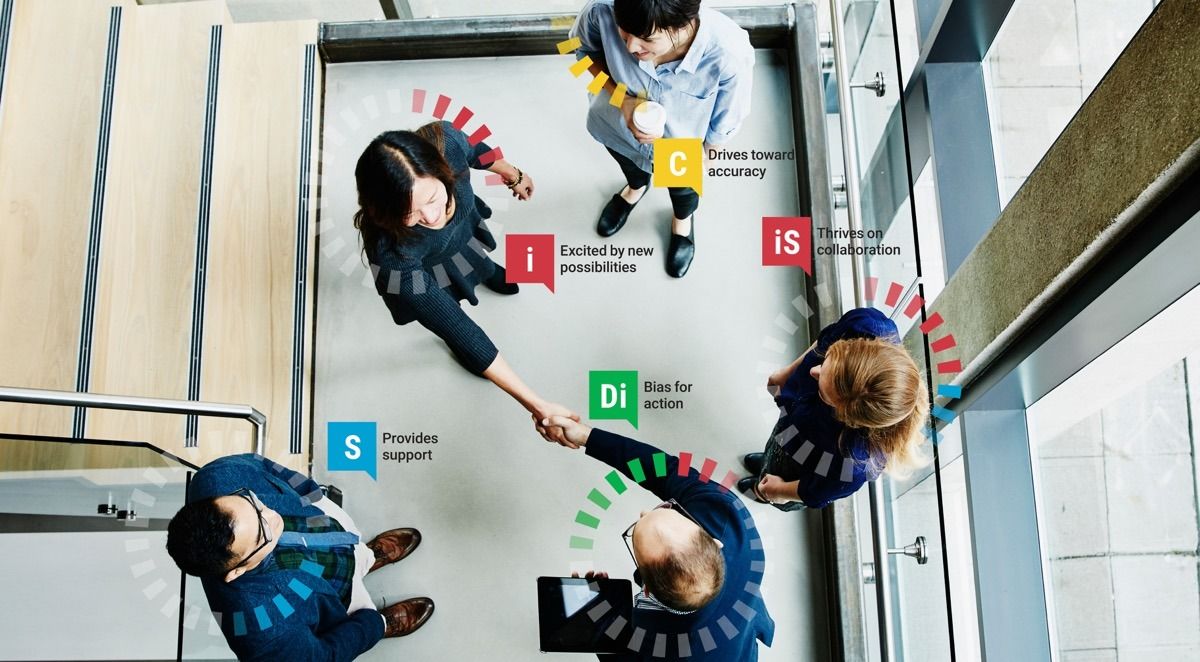

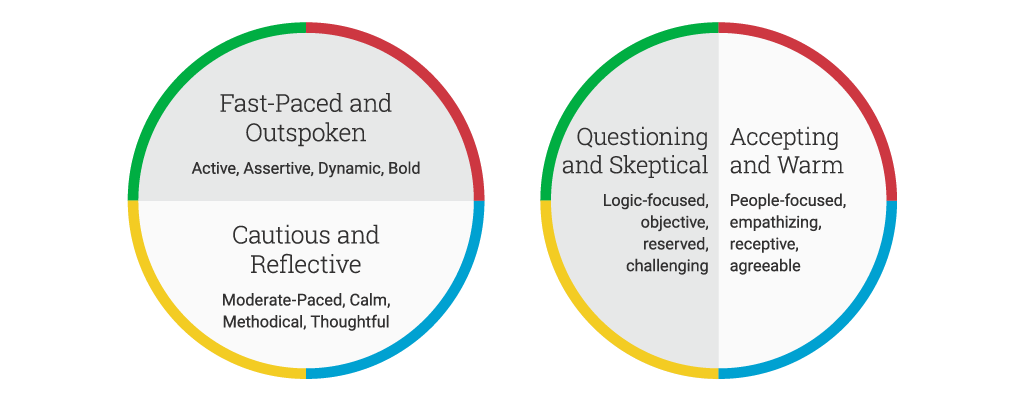
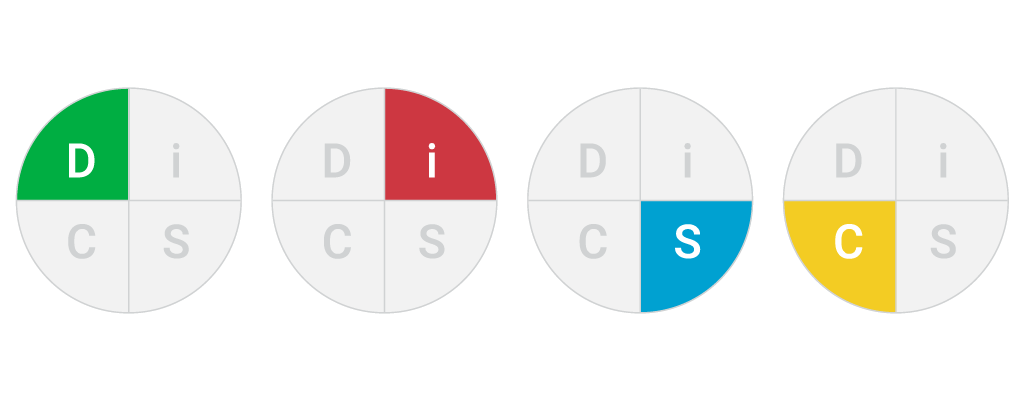
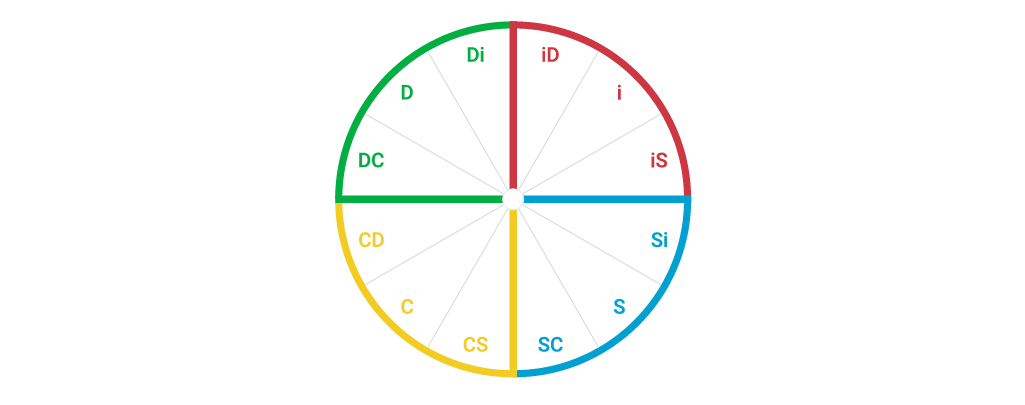



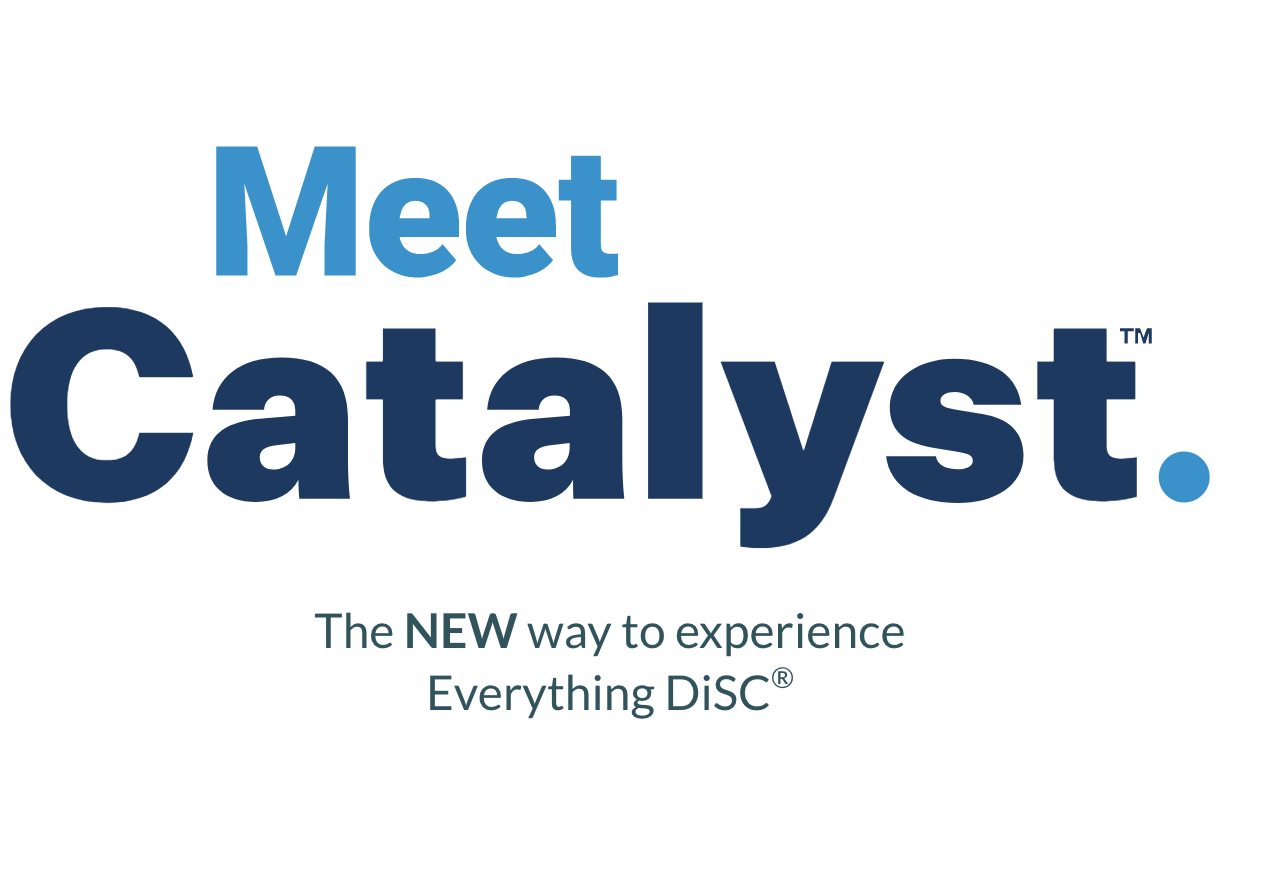
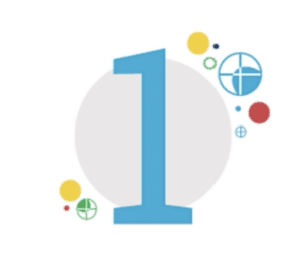
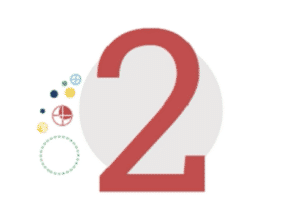 Catalyst – an interactive learning platform that gives immediate access to the results of the assessment which allows learners to delve into their style and develop new skills. The platform houses all of the DiSC results for everyone in the learner’s organization which means that it is quick and easy to get real-time tips and strategies about how to build better working relationships with others.
Catalyst – an interactive learning platform that gives immediate access to the results of the assessment which allows learners to delve into their style and develop new skills. The platform houses all of the DiSC results for everyone in the learner’s organization which means that it is quick and easy to get real-time tips and strategies about how to build better working relationships with others.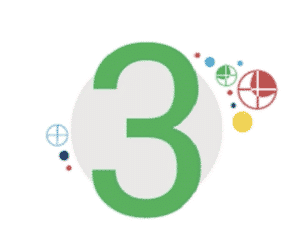

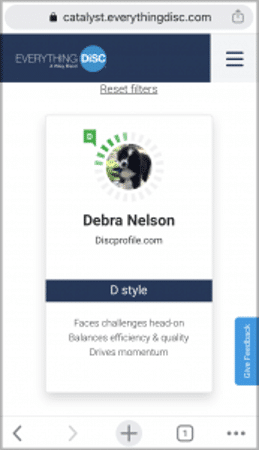



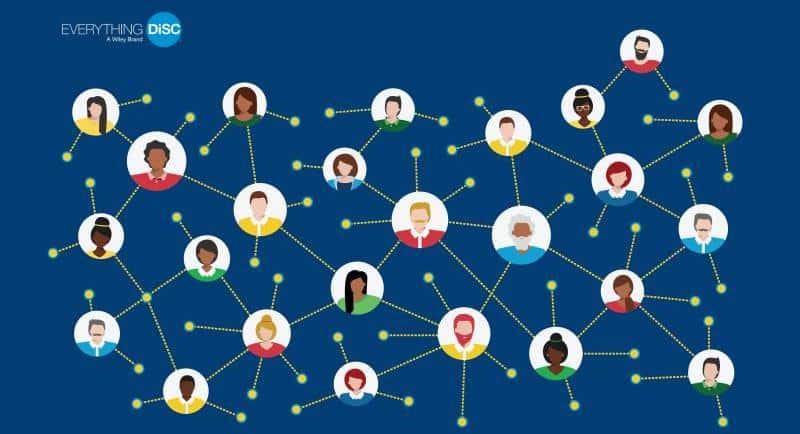

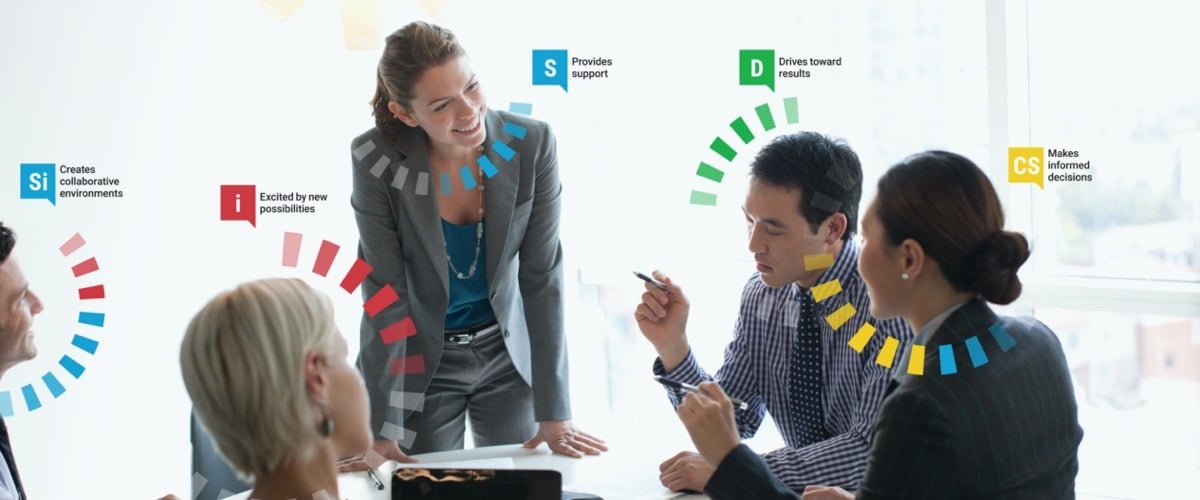



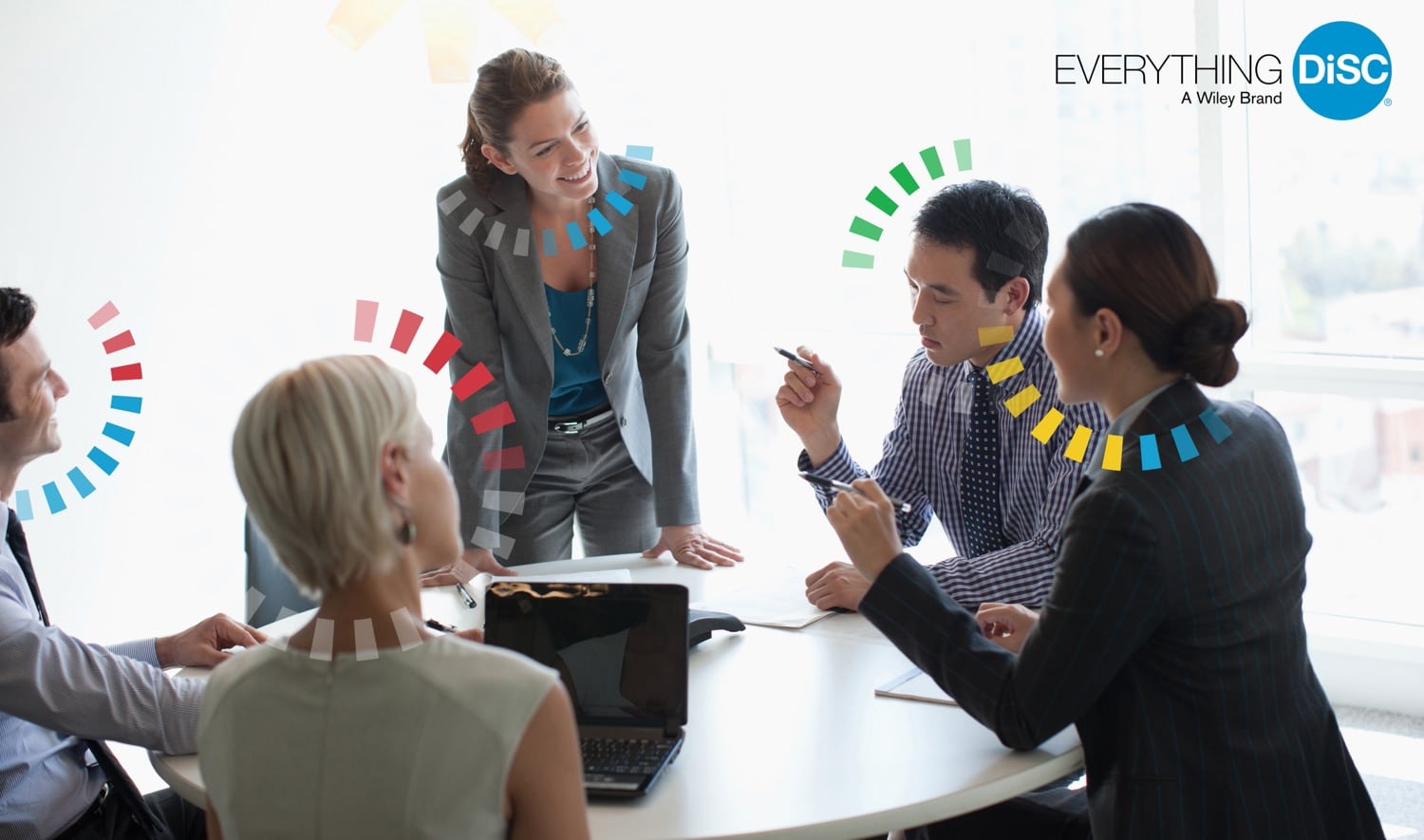
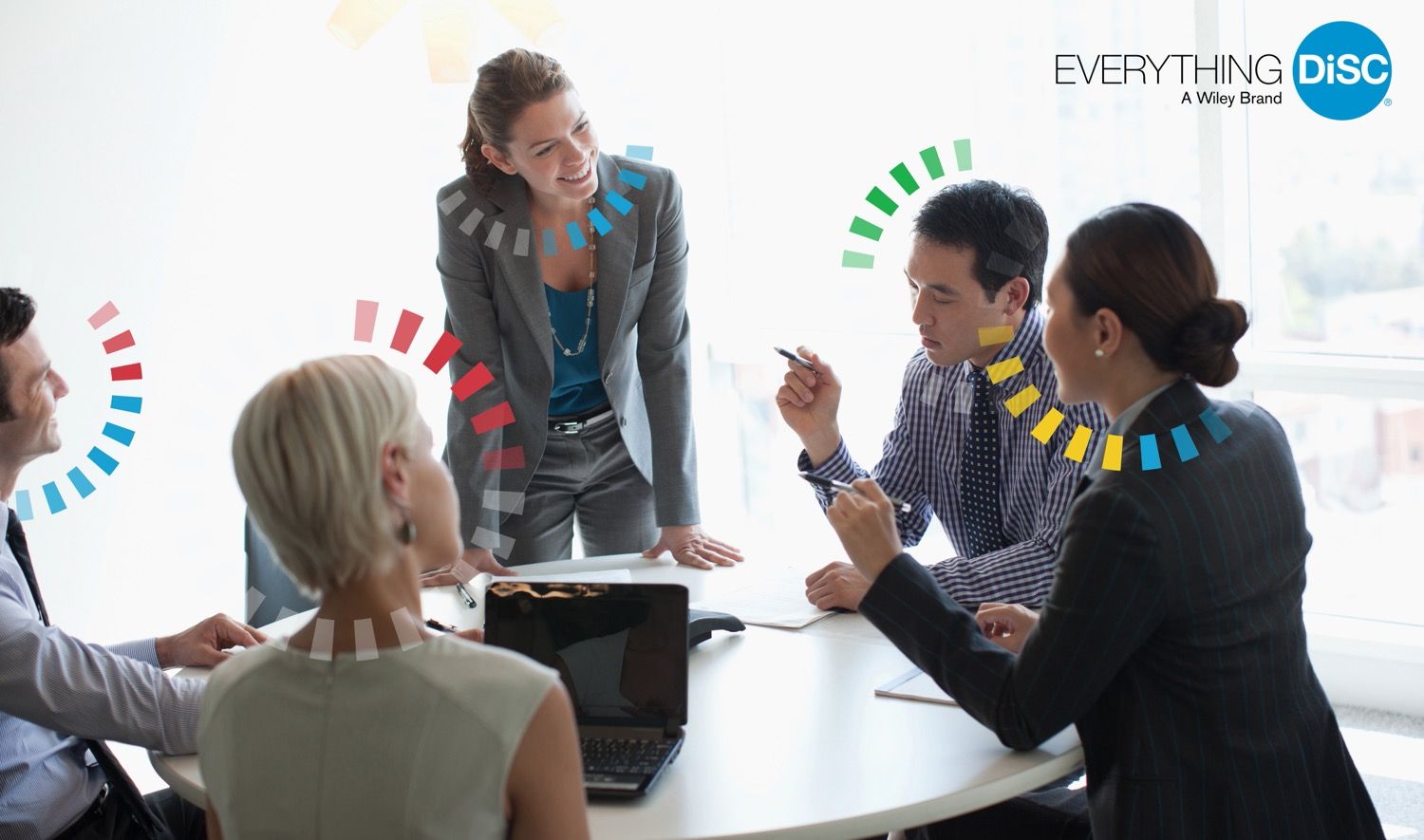
 The Quiet One.
The Quiet One. Boredom is usually expressed through people’s behavior and comments. Some people actually are bored, and others pretend to be bored to set themselves apart from the rest of the group.
Boredom is usually expressed through people’s behavior and comments. Some people actually are bored, and others pretend to be bored to set themselves apart from the rest of the group. The Arguer.
The Arguer. The “Know-It-All.”
The “Know-It-All.” The Glum One.
The Glum One.

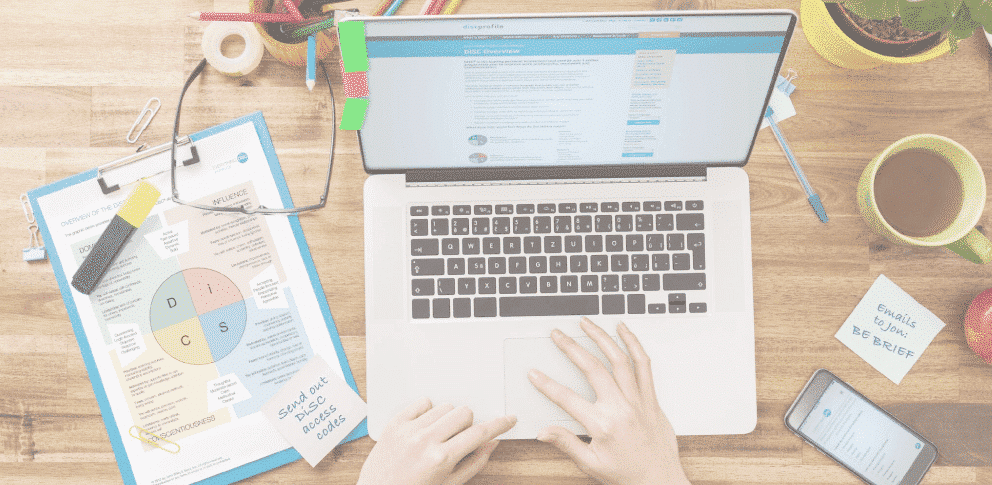
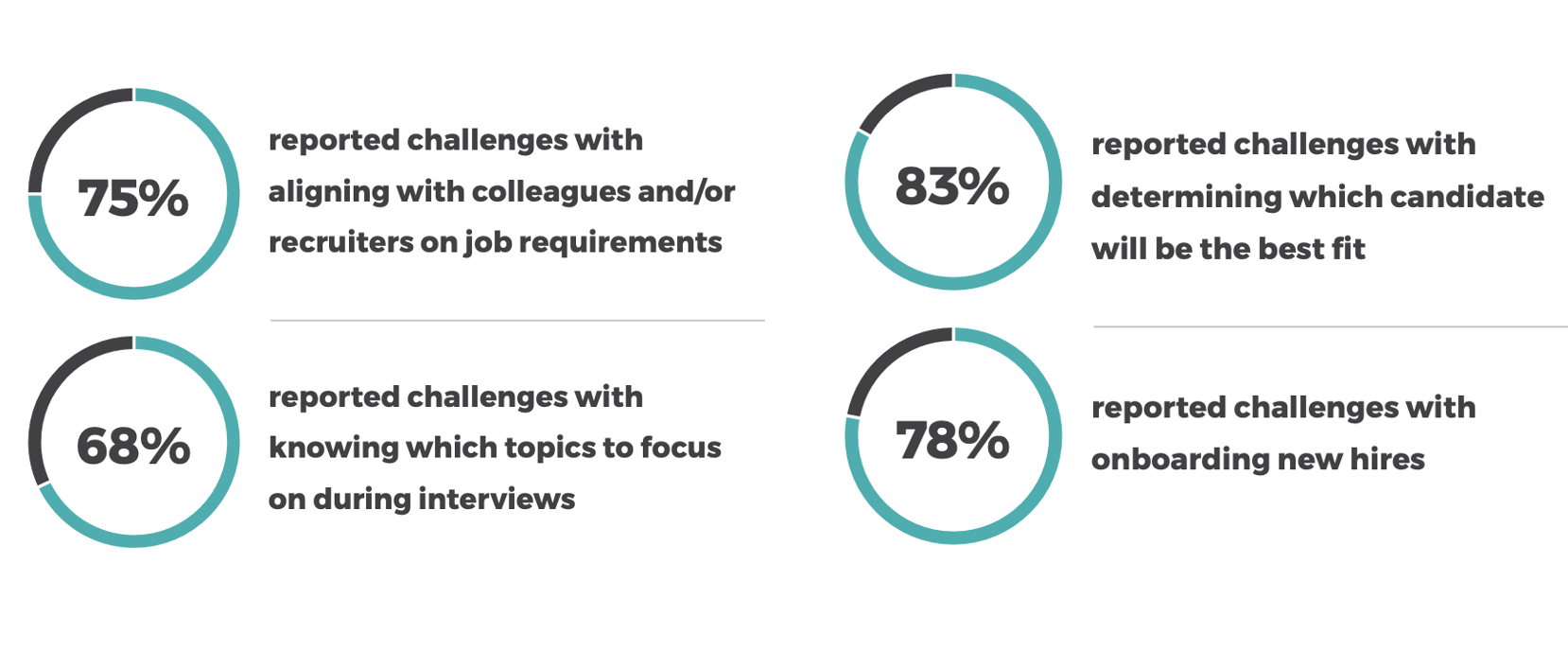

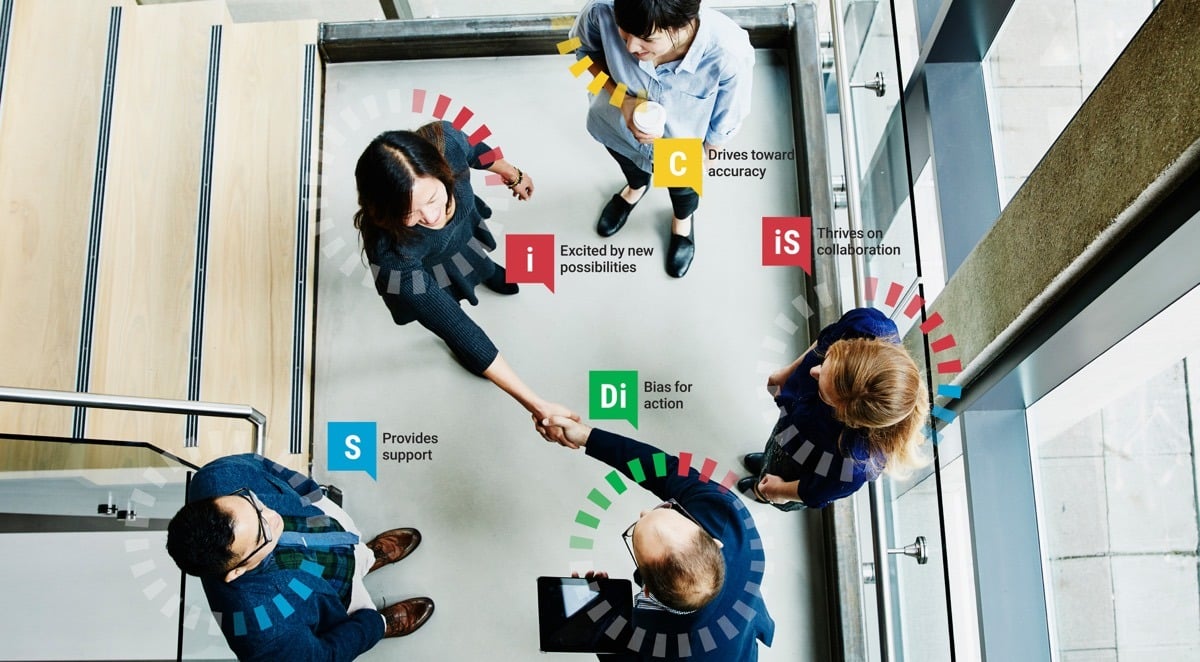

 It’s possible to purchase ready-made training programs for every Everything DiSC solution. DiSC Facilitation Kits give you everything you need to confidently lead a training session on your own using Everything DiSC profiles. The Kits are available in English and include a facilitator guide, presentation slides, participant materials, engaging activities and over 60 minutes of learning videos. Choose from a host of learning modules, activities and videos, or modify the materials for your own needs. For further information about the Facilitation Kits, check
It’s possible to purchase ready-made training programs for every Everything DiSC solution. DiSC Facilitation Kits give you everything you need to confidently lead a training session on your own using Everything DiSC profiles. The Kits are available in English and include a facilitator guide, presentation slides, participant materials, engaging activities and over 60 minutes of learning videos. Choose from a host of learning modules, activities and videos, or modify the materials for your own needs. For further information about the Facilitation Kits, check 

